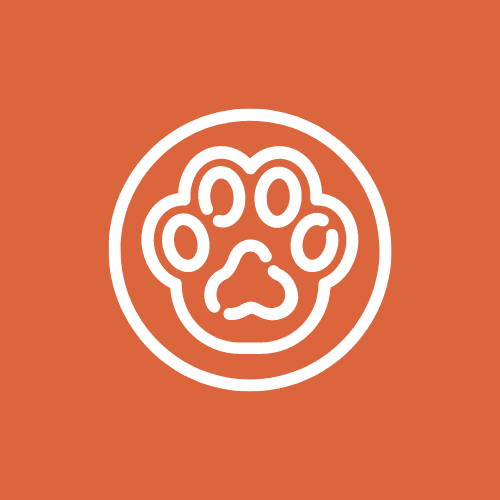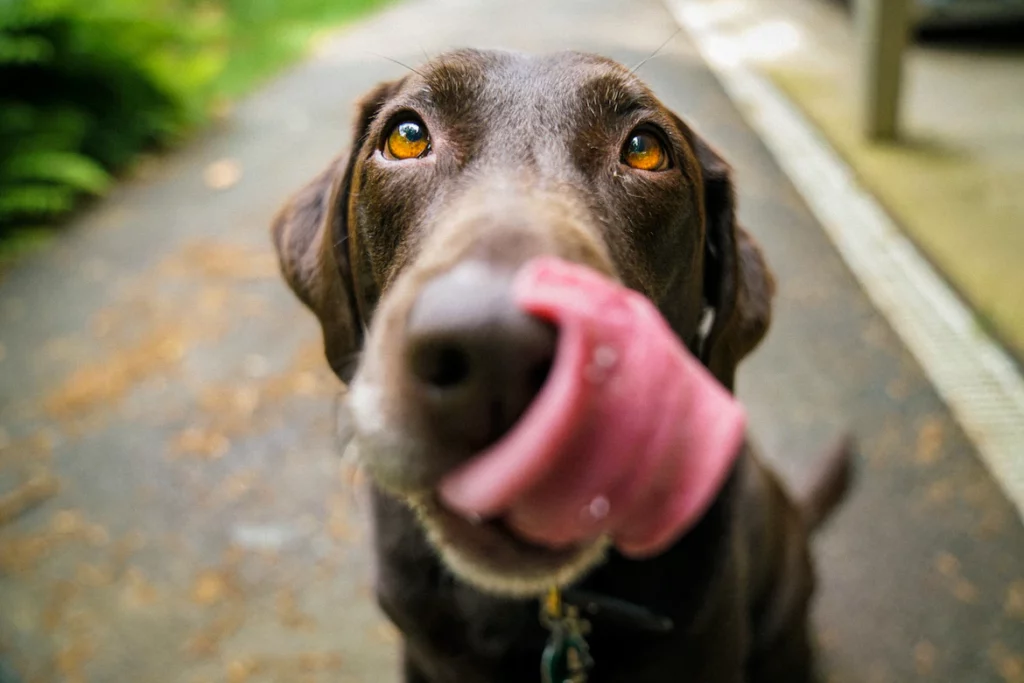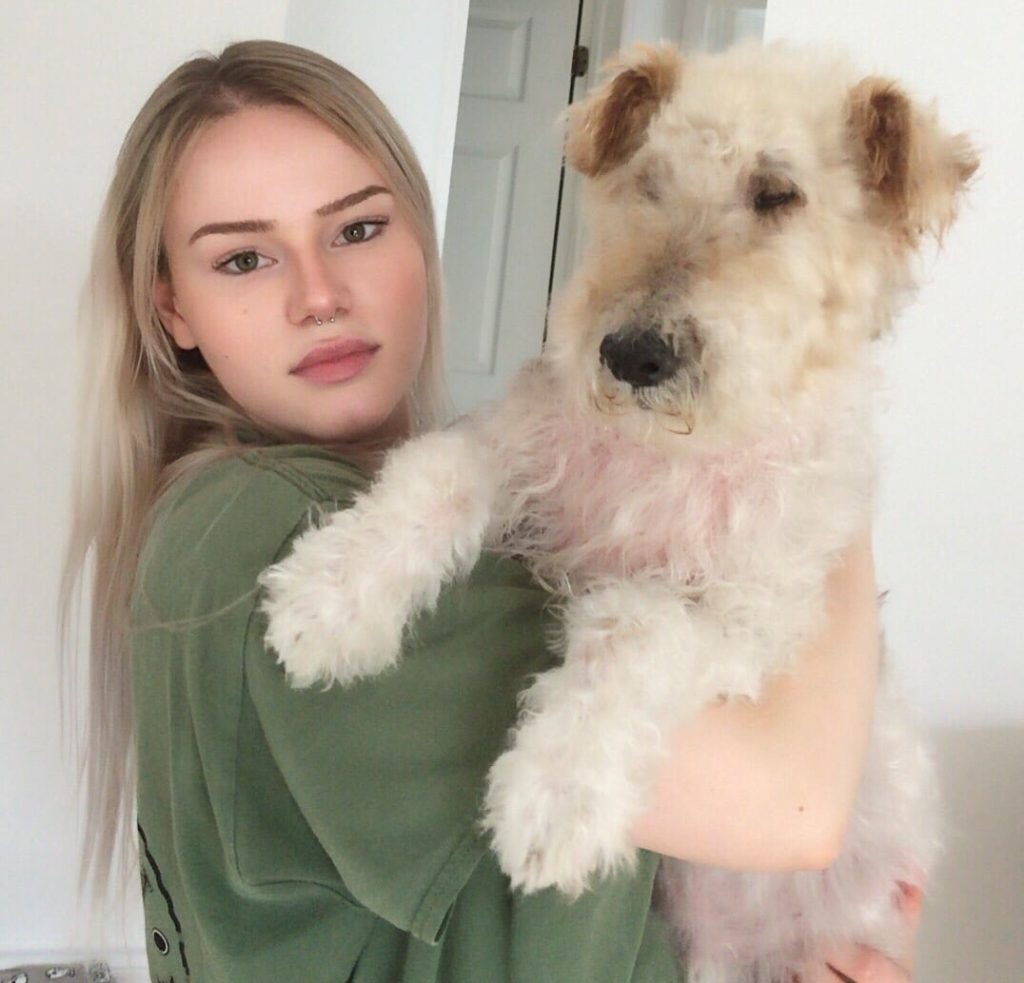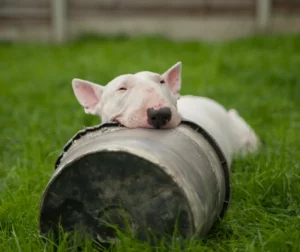Dogs are naturally curious creatures, and their keen sense of smell often leads them to explore interesting scents, including those emanating from meat packaging. Unfortunately, this curiosity can sometimes lead to unexpected encounters with absorbent meat pads.
What Are the Risks If Your Dog Eats an Absorbent Meat Pad?
Absorbent meat pads are thin sheets commonly used in meat packaging to absorb excess moisture, ensuring product freshness and preventing bacterial growth. They are typically made from materials like cellulose or polymer, which have high absorbency.
While they serve their purpose in the packaging industry, they are not intended for consumption by our furry friends. When a dog ingests an absorbent meat pad, it can cause several health risks. The materials used are not easily digestible and can lead to gastrointestinal distress. In severe cases, the pad can cause a blockage in the digestive tract, leading to more serious symptoms like abdominal swelling, constipation, or diarrhea.
Symptoms may include:
- Vomiting
- Lethargy
- Abdominal Pain
- Loss of Appetite
- Gastrointestinal Blockage
When Should You Seek Veterinary Assistance?
If you suspect your dog has ingested an absorbent meat pad, it is crucial to contact your veterinarian immediately. They will be able to evaluate the situation and provide appropriate guidance based on your dog’s size, breed, and the specific circumstances of the incident.
The veterinarian may suggest the following course of action:
Physical Examination: The vet will thoroughly examine your dog’s condition and check for any signs of distress or blockage.
X-ray or Ultrasound: In some cases, an X-ray or ultrasound may be recommended to visualize the presence of the absorbent meat pad or any potential blockages in the digestive system.
Treatment Plan: Depending on the severity of the situation, treatment options may vary. The vet may induce vomiting, administer medications to alleviate discomfort or inflammation, or even recommend surgery in cases of gastrointestinal blockage.
How Can You Prevent Your Dog from Eating Absorbent Meat Pads?
– Secure Disposal
Do not leave absorbent pads lying around on the counter or in places accessible to your dog. Be sure to dispose of them properly in a pet-proof trash container.
– Safe Storage
Store meat products securely in a location that is out of reach for your dog like the refrigerator or closed cupboards. Consider using locked containers to prevent access.
– Supervision
Keep a close eye on your dog during meal preparation or when handling meat packaging. This allows you to intervene if they show interest in the absorbent pad.
– Basic education and commands
Train your dog the “leave it” and “drop it” commands, so he learns not to touch unauthorized objects and to release them if he grabs them. You can also train your dog to stay out of the kitchen.
– Offer suitable alternatives
Give your dog chew toys or treats that are safe and appropriate for his size and breed. This can help satisfy his natural need to chew and distract him from inedible objects.
How to Teach the “drop it” command to your dog?
Teaching your dog to “drop it” on command is an important skill that ensures their safety and prevents them from holding onto or chewing on items they shouldn’t.
When teaching your dog new commands, positive reinforcement is paramount. Reward-based training methods, such as using treats or praise, help create a positive association with the desired behavior, motivating your dog to repeat it. Consistency, patience, and praise are key ingredients in successful training sessions.
How to Teach the “drop it” command
- Begin with a toy that your dog enjoys playing with but is not possessive of. This creates a positive and relaxed environment for learning.
- Allow your dog to interact with the toy. Once they have it in their mouth, show them a high-value treat, such as a small piece of chicken or cheese.
- As soon as your dog drops the toy, immediately say “Drop it”. Say the command in a clear and firm tone.
- You can then praise and reward them with the treat. Make sure to provide positive verbal feedback and use a happy tone of voice to reinforce the desired behavior.
- Never pull the toy out of your dog’s mouth; instead, wait for them to release it so they can make the decision themselves.
- Repeat this process for 3 to 10 minutes every day. Consistency and repetition are keys in helping them associate the command with the action of letting go.
- Practice the command with different toys and objects, gradually introducing ones that your dog finds more enticing. This helps generalize the behavior across various scenarios.
- As your dog becomes proficient in responding to the “drop it” command, gradually reduce the frequency of treats but continue to praise and reward with occasional treats or other forms of positive reinforcement.
How can the commands “leave it” and “dop it” prevent resource guarding?
Teaching your dog commands like “leave it” and “drop it” can play a crucial role in preventing resource guarding behaviors.
By establishing a clear communication channel and promoting a positive association with sharing and relinquishing objects, these commands help create a harmonious environment and minimize the likelihood of resource guarding. Here’s how:
Building Trust and Cooperation
Resource guarding is a natural instinct in dogs to protect valuable items, such as food, toys, or even specific locations. However, through reward-based training, we can help our dogs develop trust and a cooperative mindset.
“Leave It” – Creating Self-Control
The command “leave it” teaches your dog to move away from, ignore, or abandon an object or item of interest. By using this command, you can redirect your dog’s attention and prevent them from fixating on or becoming possessive of certain resources.
When you teach your dog to “leave it,” you are establishing that they can trust you to provide appropriate alternatives and that letting go of an item does not mean it is lost forever. This builds their confidence in your ability to manage resources, reducing the need for guarding behavior.
“Drop It” – Encouraging Sharing and Relinquishing
The command “drop it” teaches your dog to release an item from their mouth on command. This is particularly valuable for preventing resource guarding with objects they have already obtained.
By teaching your dog to willingly drop objects, you promote sharing and the understanding that relinquishing something does not result in a negative outcome. It establishes a positive association with letting go, as they receive praise, treats, or other rewards when they comply with the command.
Promoting Positive Reinforcement and Cooperation
Both “leave it” and “drop it” commands rely on positive reinforcement to shape and reinforce desired behaviors.
By using rewards such as treats, praise, or playtime when your dog successfully responds to these commands, you create positive associations and increase their motivation to cooperate.
This encourages them to willingly share and allows you to safely manage their environment without triggering defensive or guarding behaviors.
Conclusion – A Lesson Learned
Encounters between dogs and absorbent meat pads can be alarming for pet owners. However, by understanding the risks involved, seeking prompt veterinary assistance, and implementing preventive measures, you can ensure the safety and well-being of your furry friend.
Seeking the help of a professional dog trainer or behaviorist is of utmost importance when dealing with complex behavioral issues or training needs.
These experts possess specialized knowledge and experience in understanding canine behavior and communication. They can provide valuable guidance, personalized training plans, and effective strategies tailored to your dog’s specific needs.
By enlisting the help of a dog trainer or behaviorist, you increase the chances of successfully modifying unwanted behaviors, strengthening the bond with your furry friend, and creating a harmonious and fulfilling relationship for both you and your dog.
If you are interested in learning more about canine behavior, check out these articles:
-
Neutered Dogs and Their Reactions to Females in Heat
-
Morality in Dogs: Uncovering Dogs’ Ethical Behavior
-
The Surprising Benefits of Letting Your Dog Make Decisions
-
Empathy in Dogs: Understanding Our Canine Companions






